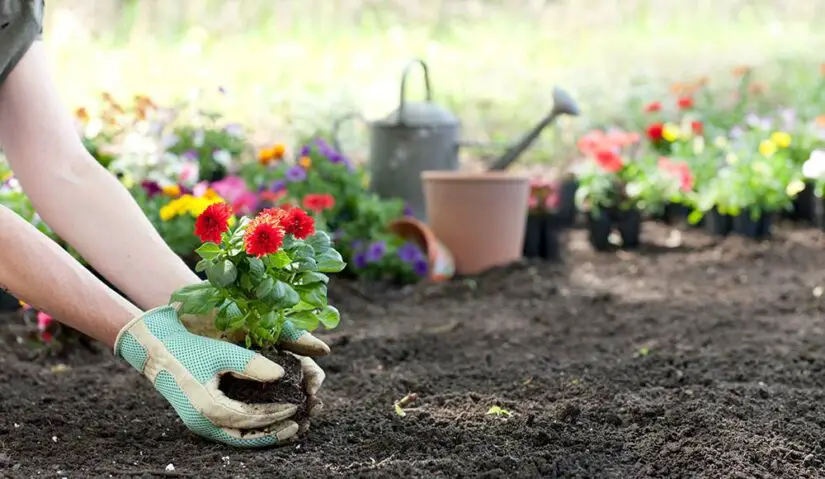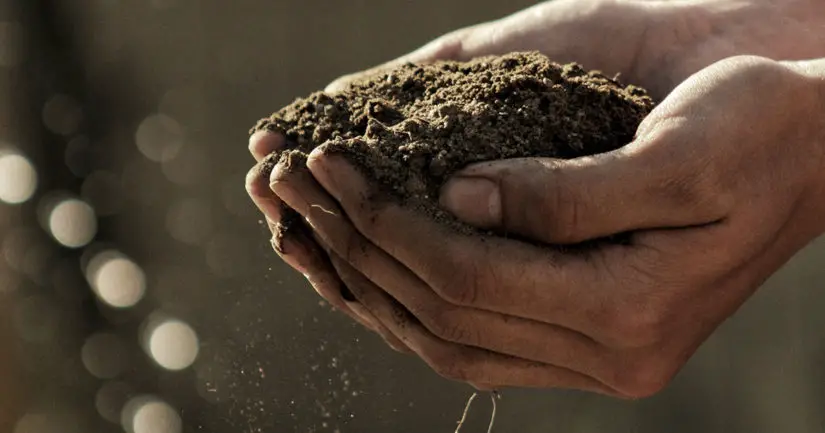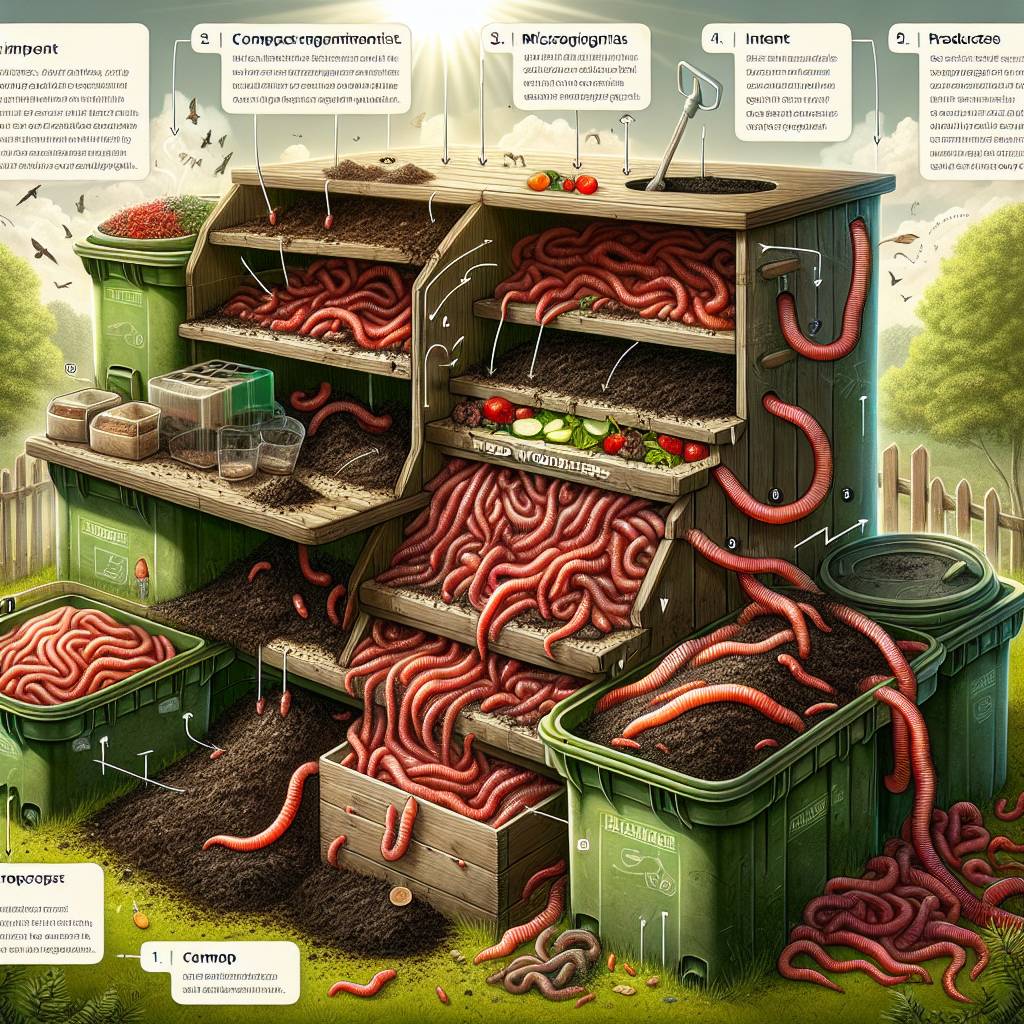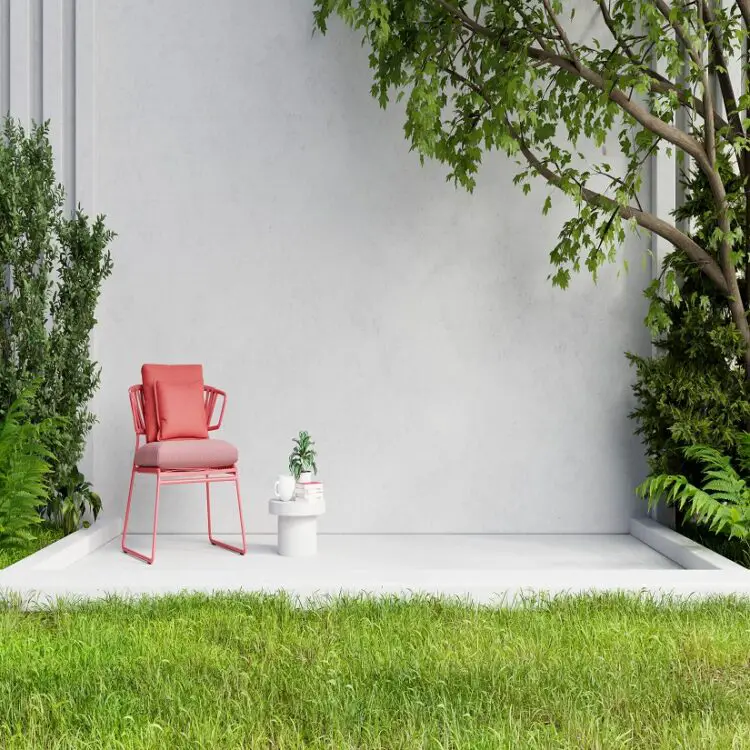
When you first begin, flower gardening can be overwhelming but also develop into a much-loved passion. Inexperienced gardeners might not know where to begin because there are millions of plants to pick from and even more combinations that can be made. Start modestly in your first year and don’t worry if you make blunders. You can modify your garden over time by removing what didn’t work one year and embracing what did. You’ll discover a garden design and plants that make you happy, and figuring out exactly what that is might be a pleasant surprise. Start with the suggestions below if you want more assistance on how to create the ideal flower garden.
- Beginning Your Garden
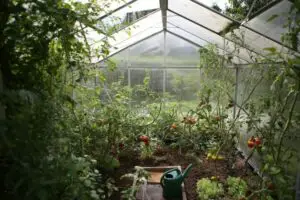
Since it will provide the foundation for all of the additional plants you put to your garden to grow,, making good soil should be your first priority when you first start gardening. Start by doing a soil test in the location you’ve chosen for your garden. Based on the results (such as whether the soil has an acidic or alkaline inclination), you’ll be able to better determine what to add to your soil mixture to achieve the optimum soil blend. Another essential component of a great flower garden is location selection. The majority of flowers prefer full to partial sun, so it’s crucial to pick a location with plenty of light to encourage blooming.
2. Choosing annual flowers
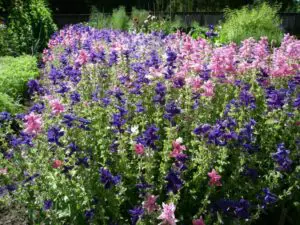
The majority of the garden’s most stunning flowers are annuals, which means you must plant them every year. These include well-liked plants like marigolds, petunias, impatiens, and pansies, which are regarded for the vibrant color they impart to the surroundings. Thankfully, there are some annual plants that self-sow, or what professional gardeners prefer to call “volunteers.” Most of the time, these blooms will self-seed and create magnificent plants year after year (sometimes with a little assistance from the wind or local birds).Then there are flowers that bloom twice a year, such as foxglove and black-eyed Susans. These plants have two growing seasons: one year is dedicated to producing leaves and food, and the other year is dedicated to producing flowers and seeds. Following this, they will seedout to allow a fresh start to the procedure.
3. The selection of perennial plants

Due to their yearly regrowth, perennial plants and flowers, like perennial salvias, improve the appearance of a garden over time (though some are limited to just a few years). The prospects for growth are practically limitless for the home gardener because they are constantly Trying new perennials and learning fresh tactics. Perennial gardening is a rewarding experience for the gardener because it requires careful plant selection and ongoing maintenance. To take good care of them, divide them into several plants so they may produce greater crops, and know when to prune them back after their growing season is over. Perennials can become a staple in your flower beds with a little bit of care.
4. Successful Rose Growing
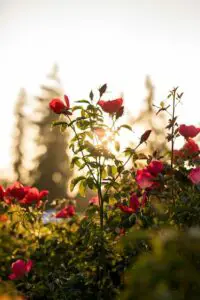
Roses have somehow acquired a terrible reputation for being challenging to grow, although the contrary is actually true. While you might never be able to produce a prize-winning tea rose, the majority of rose bushes will flourish in nearly any garden setting. Selecting rose varieties that will thrive in your region and providing them with lots of sunlight are the keys to a successful rose garden. Along the way, a few maintenance hints will be helpful. Knowing when and how to trim your roses can keep them strong, content, and able to produce an abundance of flowers. By pruning the plant and, in some cases, providing them with cover from inclement weather, you should also adequately prepare it for winter.
5. Grasses are added for a wintery texture
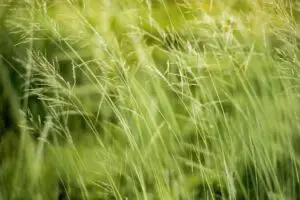
It’s difficult to recall a time before decorative grasses were a common sight in backyard gardens. The necessary texture, contrast, and visual appeal they add to a garden can be appreciated even if you are unable to distinguish the different types. The best news: Growing plants couldn’t be much simpler. Even the most inexperienced gardeners can successfully plant a variety of decorative grasses because they require little to no maintenance beyond a small amount of occasional watering. In addition to providing a colorful backdrop for your flowers and a stylish privacy barrier for your backyard, ornamental grasses can also add year-round color to the garden. By using them, you may stretch your garden into the fall when a variety of grasses will be at their peak. Some of them may even continue to bring you joy well into the winter.
6. Adding Flowering Trees and Shrubs to the Finish
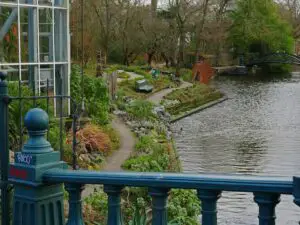
Few flower gardens contain nothing but flowers. Trees, bushes, and vines are all essential features that provide a garden structure and sound foundation. Additionally, a lot of the available varieties produce flowers on their own or use their foliage to provide color and texture to the environment. In the end, it’s extremely simple to mix any or all of these components to make a mixed garden that keeps you interested all year.
